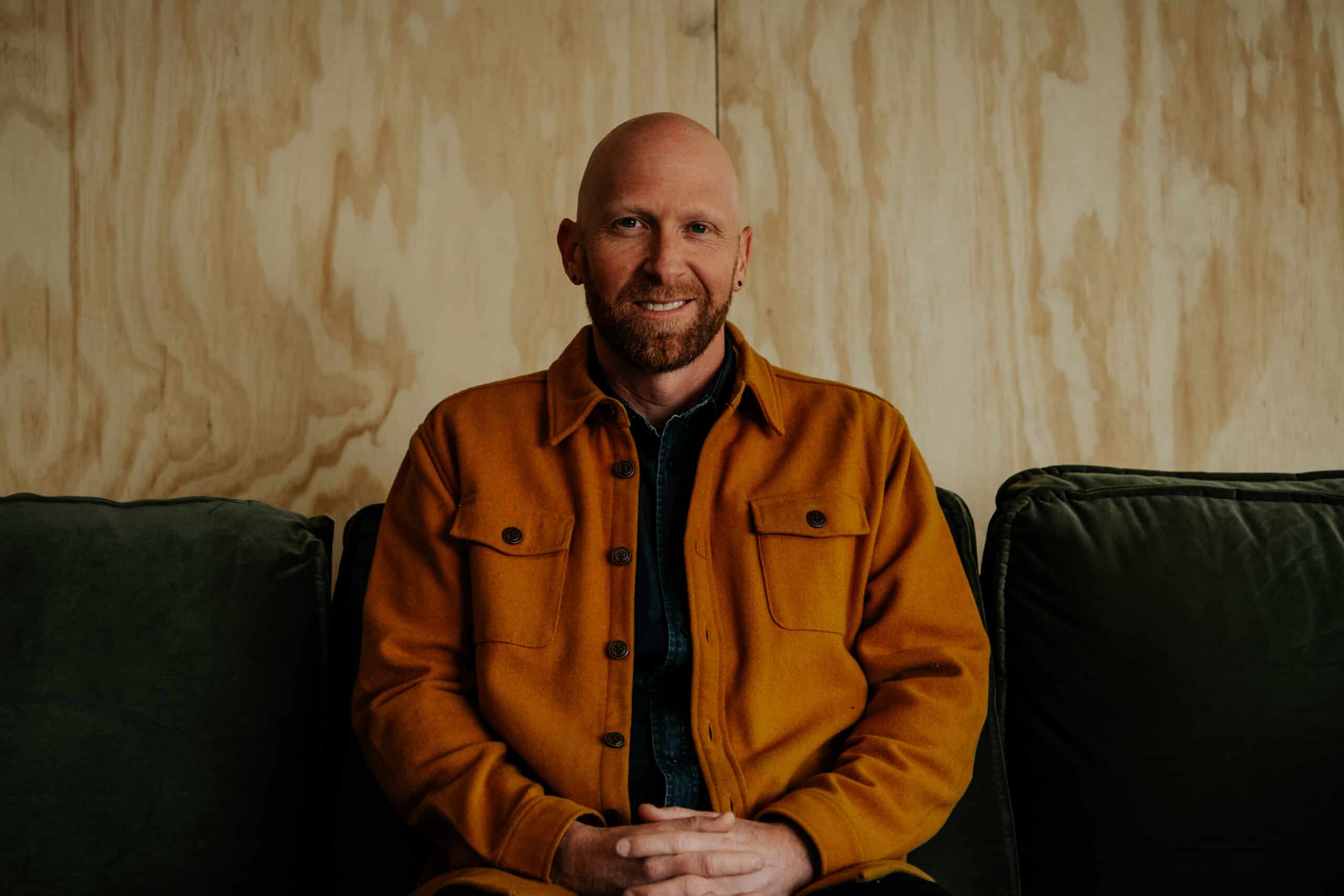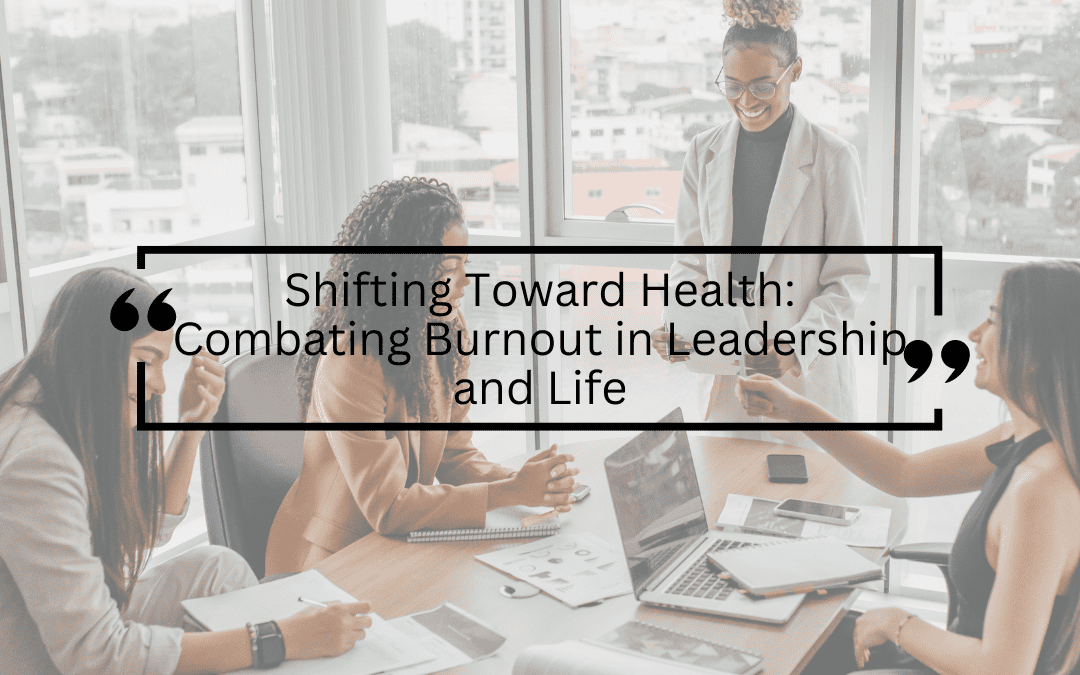Have you ever stopped to wonder why so many people around us, including ourselves, are feeling burned out? Why are we so overwhelmed and endlessly busy? It’s almost like we’re all running a race with no finish line in sight. In today’s world, burnout has become an epidemic, affecting not just our careers but every aspect of our lives. Let’s dive into why this is happening and how we can shift toward prioritizing health and longevity, especially in leadership roles.
The Culprit: Our Deformed View of Work, Rest, and Meaning
We live in a society where our value often feels tied to our productivity. This mindset leads to a deformed view of work, rest, and meaning in our lives. We tend to pile all our weight onto what we produce at work hoping it will bring us meaning. This elevated view of work leads to disappointment, exhaustion, stress and anxiety. This skewed perspective is not sustainable, and it’s high time we start reevaluating our priorities.
Work is a great tool but a terrible master. Adopting a healthier view of work involves viewing it as just one part of our lives, not the sole defining factor. Rest, relationships and meaningful leisure deeply matter. When we do these well our professional lives can benefit. It’s crucial to invest in these aspects to prevent burnout and ensure longevity in whatever we pursue.
The Ripple Effect of Leadership
Leaders play a pivotal role in setting the tone for their environment. When leaders prioritize health and well-being, it sends a powerful message: it’s okay to take breaks and it’s okay to not be “on” all the time. This mindset can drastically change workplace cultures and create healthier, more sustainable work environments.
Leaders who are healthy and whole have a tremendous impact on their teams and organizations. Health cascades throughout an organization. Healthy leaders serve as role models, showing that it is possible to excel in your career without sacrificing your health and personal life. We need more of these healthy, wholehearted leaders! They are essential for driving systemic change and fostering environments where everyone can thrive from the C suite to the contractor.
Adopting a healthier view of work involves viewing it as just one part of our lives, not the sole defining factor.
Challenging the Status Quo
It’s a common misconception that being constantly busy and having a packed schedule equates to being successful. This couldn’t be further from the truth. Being busy does not necessarily mean being productive or fulfilling your purpose. There’s a difference between activity and effectiveness.
We need to challenge the “busy leaders are good leaders” notion and start celebrating balance and health as much as we celebrate achievements. It’s okay to say no, to set boundaries, and to prioritize activities that replenish you. Redefining success to include well-being and happiness is essential to combating burnout. It tells a different story.
Establishing Healthy Rhythms
One practical way to resist burnout and promote longevity is by establishing healthy rhythms in our lives. It comes down to the small stuff that gets repeated. This includes habits that replenish our energy, setting clear boundaries between work and personal time, and finding meaningful activities that refresh us.
Simple changes, like taking regular breaks during the workday, dedicating time to hobbies, and disconnecting from digital devices, can have significant impacts. These habits are the building blocks of a healthier lifestyle that can prevent burnout and foster a sense of fulfillment.
The Power of Resilience and Servant Leadership
To bypass the burnout epidemic, we need leaders who are resilient and committed to serving others, not just themselves. Servant leadership is about guiding with empathy, understanding, and a genuine desire to see others succeed. When boundaries are in place, this approach to leadership not only combats burnout but also contributes to creating a culture of health, respect, and mutual support.
Resilient leaders are those who recognize the signs of burnout in themselves and others and take proactive steps to address them. They understand the importance of investing in their well-being and the well-being of those they lead. This creates a cycle of health and productivity.
Addressing the burnout epidemic requires a collective effort to redefine our deformed views on work, rest, and meaning. By prioritizing health and well-being, establishing supportive leadership practices, and cultivating healthy habits, we can steer ourselves and our communities toward a more balanced and fulfilling life. Remember, taking care of yourself isn’t a luxury—it’s a necessity for sustaining the energy, creativity, and motivation needed to achieve lasting success. Let’s start making health and longevity paramount, not just in leadership, but in every aspect of our lives.
To bypass the burnout epidemic, we need leaders who are resilient and committed to serving others, not just themselves.
Unlocking the Power of Energy Investment over Time Management
Many leaders and professionals find themselves trapped in a cycle of time management, constantly reacting to the next task or appointment. However, embracing a shift from being reactive to proactive can open the door to true freedom. This proactive approach allows us to carve out space for what truly matters, breaking free from the feeling of being boxed in by our schedules. It’s about finding pockets of time to invest in activities that recharge us, enabling us to step into our true potential and offer our best selves to the world.
Energy Investment: A Game Changer
The concept of shifting from time management to energy investment is revolutionary. Understanding where we invest our energy can have a far greater impact than how we manage our time. This approach prioritizes activities that not only fulfill us but also have the potential to multiply our effectiveness. When we invest energy into our strengths and passions, we can create a ripple effect, enhancing our productivity and influencing those around us positively. It’s about making deliberate choices to invest our energy in ways that bring the greatest return, both personally and professionally. This mindset shift from mere time allocation to thoughtful energy investment can transform the way we work, live, and lead.
The journey from time management to energy investment is transformative. It’s not just about doing more in less time but doing what truly matters and doing it well. The freedom found in this approach allows you to live a life aligned with your values and passions, leading to greater fulfillment and impact. It requires self-awareness, discipline, and a willingness to make tough choices about how you invest your energy.
By focusing on energy investment, you empower yourself to build a life that’s not just busy, but rich and rewarding. Start today – identify one area where you can shift from merely spending time to investing energy, and watch how it changes your life for the better.
Can adopting healthier work habits completely eliminate burnout?
While adopting healthier work habits can significantly reduce the risk of burnout, it’s important to recognize that burnout can be influenced by a variety of factors. A holistic approach, involving personal, organizational, and cultural changes, is often necessary.
How can leaders help prevent burnout in their teams?
Leaders can prevent burnout by fostering an open and supportive environment, encouraging regular breaks, promoting work-life balance, acknowledging and addressing the signs of burnout early, and leading by example. People watch what the leader does WAY more than what the leader says.
* I share in depth about burnout and a path to resist it in my highly practical book AntiBurnout; a lighter way to live and lead in a heavy world.

Alan briggs
Position
Alan Briggs helps CATALYTIC LEADERS leverage CATALYTIC MOMENTS for SYSTEMIC CHANGE. He serves businesses and nonprofits as a Leadership Coach, Sabbatical Coach, team consultant, podcaster and speaker. He founded and leads Stay Forth Coaching to help leaders experience deep health and impact and create healthy cultures around them.

